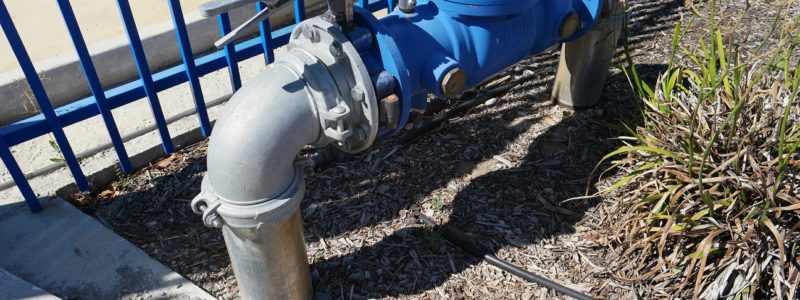
Backflow is a reversal of the normal direction of water flow in a water supply system, whereby contaminants can enter the normal drinking water supply. This reverse flow of water can cause health risks to any property connected to that water supply plumbing system.
Backflow can occur when the water delivery main is at a lower pressure than the internal plumbing system (back siphonage) as described by Water Corporation of WA. This may be caused by high demand on the system, such as when firefighters are using the water supply, a burst or damaged water main, or if a water pump is connected to the internal water plumbing system and pumps bore water at a higher pressure than the mains system.
All properties connected to a water supply system should be assessed for their backflow risk level, which can be affected by site-specific activities.
As a business owner or occupier, it is your responsibility to ensure your property has a backflow prevention device installed where required by legislation and that this is maintained and tested correctly.
An example of backflow
In mains water supply systems, the mains normally provide a water pressure above 140 Pa; sufficient pressure to enable the water to flow easily from a tap, shower, hand basin and other fixtures.
If the water pressure fails, is disrupted or reduced for any reason, for instance when a water main bursts, pipes freeze or the main is turned off for repair, water can flow back from your premise to the main supply. This potentially contaminates that water supply. Fire-fighting or a water truck filling up in the street are other examples of a loss in the water supply.
Basically, what happens is the contaminants get into the mains supply, causing sickness or even death to the mains supply customer.
Find out more about backflow prevention installation here.
